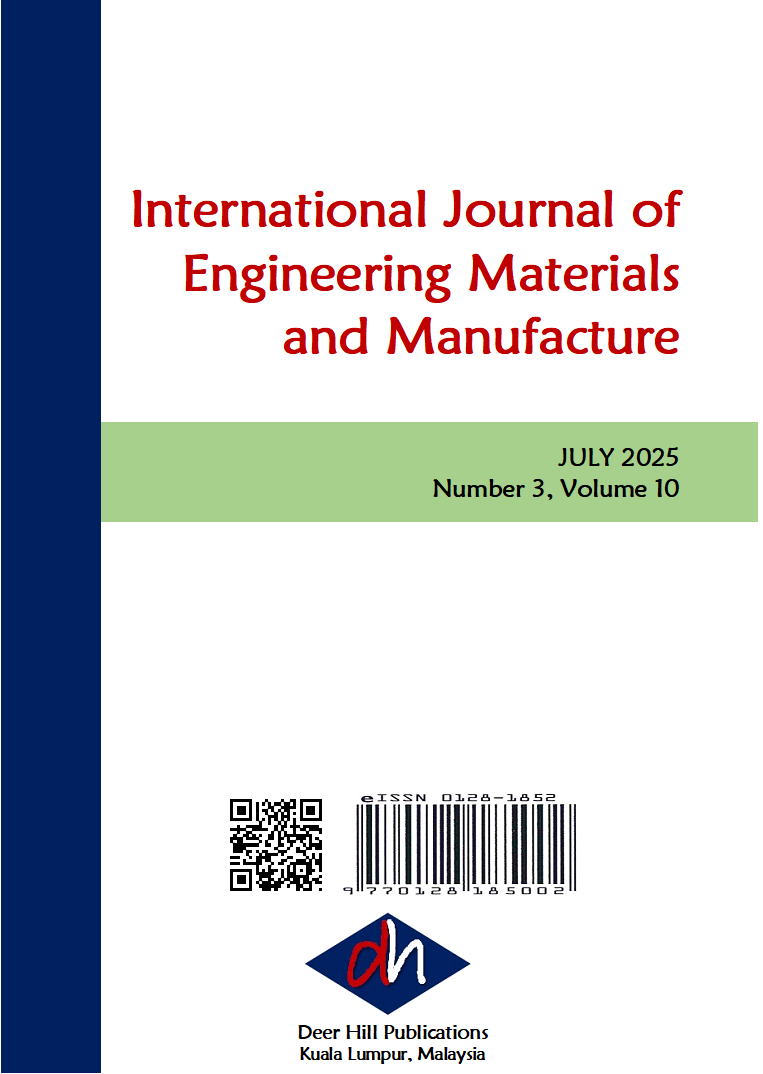An Experimental Investigation of Mechanical Properties of uPVC Pipes Manufactured in Bangladesh
DOI:
https://doi.org/10.26776/Abstract
With rapid urbanization, the demand for plastic-based infrastructure materials has increased significantly in Bangladesh over the past few decades. Currently, nearly eighty percent of pipes used for residential, commercial and industrial applications are manufactured locally. This study aims to assess the mechanical properties of domestically produced unplasticized polyvinyl chloride (uPVC) pipes and evaluate their compliance with international quality standards. Five specimens from different manufacturers were randomly selected and tested for Shore D hardness, impact resistance and tensile strength according to ASTM D2240, BS 3505 and ASTM D638 standards, respectively. The results revealed that forty percent of the specimens met both hardness and tensile strength requirements, while none of the specimens passed the impact resistance test. These findings highlight inconsistencies in the mechanical performance of locally manufactured uPVC pipes and suggest areas for quality improvement. The study provides essential insights for local manufacturers, regulators and consumers, contributing to the enhancement of product reliability and international competitiveness.
Downloads
Published
Issue
Section
License
© Copyright: The Author(s)
Creative Commons: CC BY 4.0
Copyright of articles that appear in International Journal of Engineering Materials and Manufacture (IJEMM) are belonged to “The Author(s)” under terms and conditions of Creative Commons Attribution 4.0 International Public License (CC BY 4.0). https://creativecommons.org/licenses/by/4.0/legalcode
